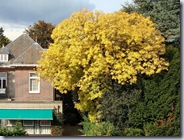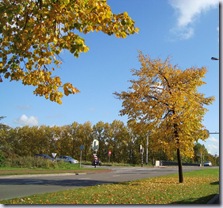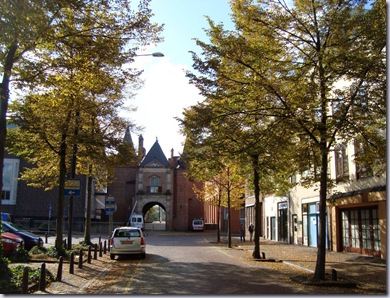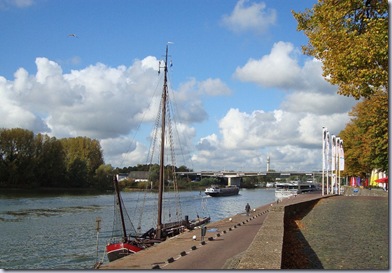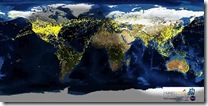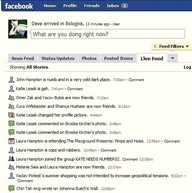Sudden Cardiac Arrest Awareness Month

It may seem ironic, but this month is Sudden Cardiac Awareness month in the United States. Given the crumbling world economy, you may be more interested in preventing the stressful causes of heart attacks than with treating them. Still, it can affect anyone, any time, and we all need to do our part to help.
There has never been a time when people are more likely to survive a cardiac arrest. New research has revolutionized the treatment recommendations for doctors and civilians alike. Emergency Response Services stand ready to help in many parts of the world, aided by enhanced notification and dispatch services.
This is my field of expertise: I have worked for decades to make defibrillators smaller, cheaper, more effective, and easier to use. You can now find these lifesaving devices in airports, schools, and public arenas throughout the world.
But, still, too many die who could be saved.
The biggest enemy is time. Survival decreases 10% per minute from the moment the heart stops beating. In these circumstances, every moment counts, and you are their only chance for life.
If you see someone collapse, don’t hesitate! Call emergency response teams as quickly as possible, giving your location at the outset of the call (they don’t dispatch until they know where you are).
Start chest compressions immediately! Bystander CPR adds precious minutes to the window where the heart can be restarted. Take a First Aid course which teaches CPR and defibrillation (it only takes a few hours).
Support your local emergency medical services! I am always always amazed when taxpayers vote down EMS levy’s, or when they don’t make way for flashing emergency vehicle lights on the highways.
![]()
Congress passed a resolution declaring October as Sudden Cardiac Arrest (SCA) Awareness Month. SCA can strike persons of any age, gender, race and even those who seem in good health. To help commemorate this first-ever SCA Awareness initiative, the Sudden Cardiac Arrest Association invites you to take two minutes to watch our new public service announcement (PSA) with Tom Brokaw of NBC News, view a normal and abnormal heartbeat and download fact sheets to increase your knowledge about SCA and learn how you can help save a life.
For more information visit www.suddencardiacarrest.org.
